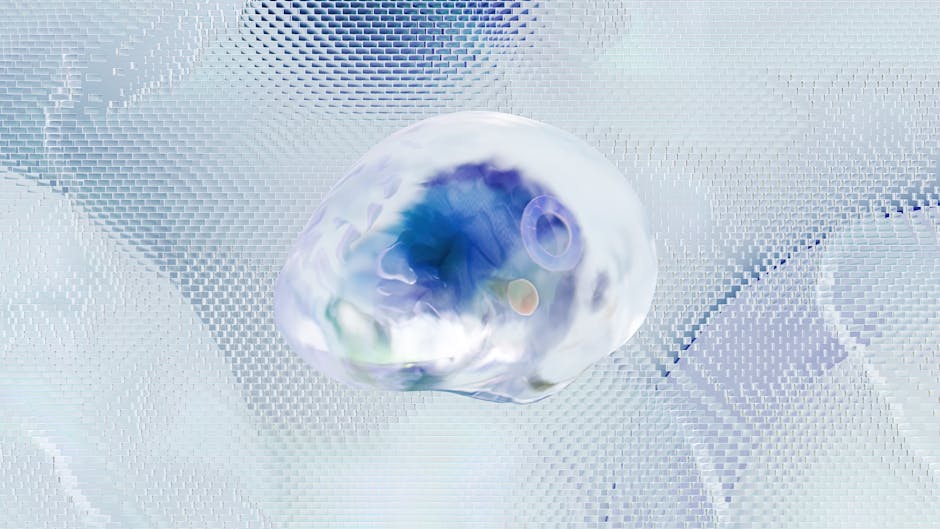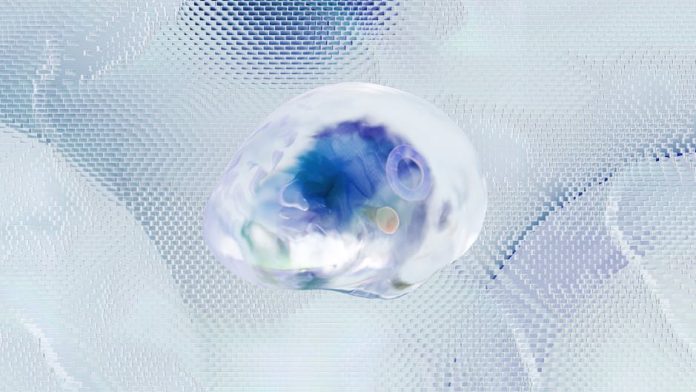
For decades, Alzheimer’s disease has cast a long, dark shadow over millions of lives, slowly eroding memories, personalities, and futures. The relentless quest for a true breakthrough has often led to incremental steps rather than seismic shifts. But what if the key to protecting our brains from this devastating condition was hidden in something as fundamental as a ‘sugar switch’?
Prepare for some truly exciting news. Scientists have recently uncovered a fascinating mechanism – a “sugar switch” – that appears to play a crucial role in safeguarding our brains against the very pathologies associated with Alzheimer’s. This isn’t just another incremental discovery; it represents a potentially revolutionary new target for intervention, offering a glimmer of hope to those impacted by this relentless disease.
So, what exactly is this “sugar switch”? At a high level, it refers to a process called O-GlcNAcylation, where specific sugar molecules are dynamically added to proteins within our brain cells. Think of it like a tiny, molecular on-off switch on these proteins. Researchers have found that by boosting the activity of this “switch” – essentially keeping it in the optimal “on” position – they can prevent or even reverse the accumulation of toxic proteins like tau tangles and amyloid plaques, which are notorious hallmarks of Alzheimer’s pathology.
The implications are profound. While previous research has focused heavily on clearing these problematic proteins once they’ve formed, this new discovery suggests we might be able to prevent their formation or even promote their healthy function *before* they become harmful. It’s akin to reinforcing the brain’s natural defenses rather than just fighting the invaders once they’ve arrived. This “sugar switch” appears to be essential for maintaining overall neuronal health and cognitive function, acting as a crucial protector against the molecular chaos that leads to neurodegeneration.
This groundbreaking research opens up entirely new avenues for therapeutic development. Imagine drugs designed not to clear existing plaques, but to gently nudge this natural sugar switch, empowering our brains to protect themselves. While clinical trials and further research are undoubtedly needed before this translates into widely available treatments, the discovery provides a significant beacon of optimism. It validates the immense effort of scientists worldwide and offers a fresh perspective on how we might finally turn the tide against Alzheimer’s.
This “sugar switch” discovery underscores the incredible complexity and resilience of the human brain. It reminds us that breakthroughs often come from unexpected places, sometimes from the very building blocks of life itself. For families affected by Alzheimer’s and for anyone concerned about brain health, this news is more than just science; it’s a renewed sense of hope that a future free from the shadow of cognitive decline is not just a dream, but a tangible goal within reach.

